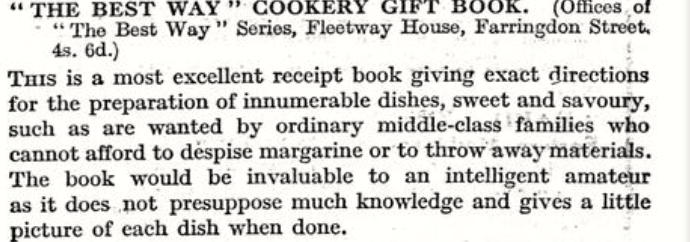The trouble with history is that you need 20:20 hindsight to spot who the good guys are and who the villains will turn out to be.
Our 1933 internet,
The New Illustrated Universal Reference Book, which
tackles the enormous task of covering the "main interests of humanity" for the young families of the 1930s, reassures the reader that "History is not longer a dull subject. It has been released from its swaddling bands and become a vigorous youth holding a torch to light the pathway of today and to-morrow." Crumbs.
So how is that vigorous youth's torch illuminating the politics of the early 1930s?
Of course, 1933 is a momentous year for Europe, as a certain Adolf Hitler makes his bid for power and, in January, becomes chancellor of a coalition government, where the Nazis have a third of the seats in the Reichstag. In February, the German Reichstag is destroyed by fire. Although the plot and execution is almost certainly due to the Nazis, they point the finger at the communists and trigger a General Election.
A month later, in March, the Enabling Act is passed and powers of legislation pass to Hitler’s cabinet for four years, making him virtual dictator. Hitler proclaims the Nazi Party is the only political party permitted in Germany. All other parties and trade unions are disbanded. Individual German states lose any autonomous powers, while Nazi officials become state governors. In April, the Communist party is banned, followed by Socialists, Trade Unions and strikes in May. Hitler withdraws from the League of Nations in October, and in the following months, he trebles the size of the German Army and ignores the arms restrictions imposed by the Treaty of Versailles.
So, a big year in German politics. Does Herr Hitler get a mention the miniature biographies? Hill, Hindenburg, Hippocrates and Hogarth but no Hitler...
That other 1930s Euro-dictator of note, Mussolini, gets an entry but he's been around a while by 1933 and already has a name for himself as a "founder of Fascism...and virtually dictator" of Italy. So how does The New Illustrated Universal Reference Book tackle Il Duce - well, he's probably making the trains run on time, despite abolishing freedom of the press, curtailing liberty and the blatant threat to North Africa.
We shouldn't forget what's happening in Russia and the rise of that other European dictator, Joe Stalin. How does 1933 view him? To be fair, it took the outside world a lot longer to work out just how bad it was going to get under his murderous regime. For 1933, the jury is out on whether Communism will turn out to be a Good Thing and whether Stalin's Five Years' Plan is a blueprint for a new economic future.
The final line shows that the writers were up to date with events in Russia but, curiously, they turn their eyes away from Germany at the Treaty of Versailles and write nothing about what is happening to the German people, reflecting perhaps the view of many people in 1933.
The owner of this book, my paternal grandmother, saw a father off to the Western Front who returned crippled by gas, and would, a decade later, see her husband join the war in West Africa, leaving her to bring up a toddler and a baby alone in wartime. The optimism of the
The New Illustrated Universal Reference Book in 1933 that "It remains for the people to create a new standard of international fellowship and good-will" seems a little sad with the perfect vision of hindsight.






























